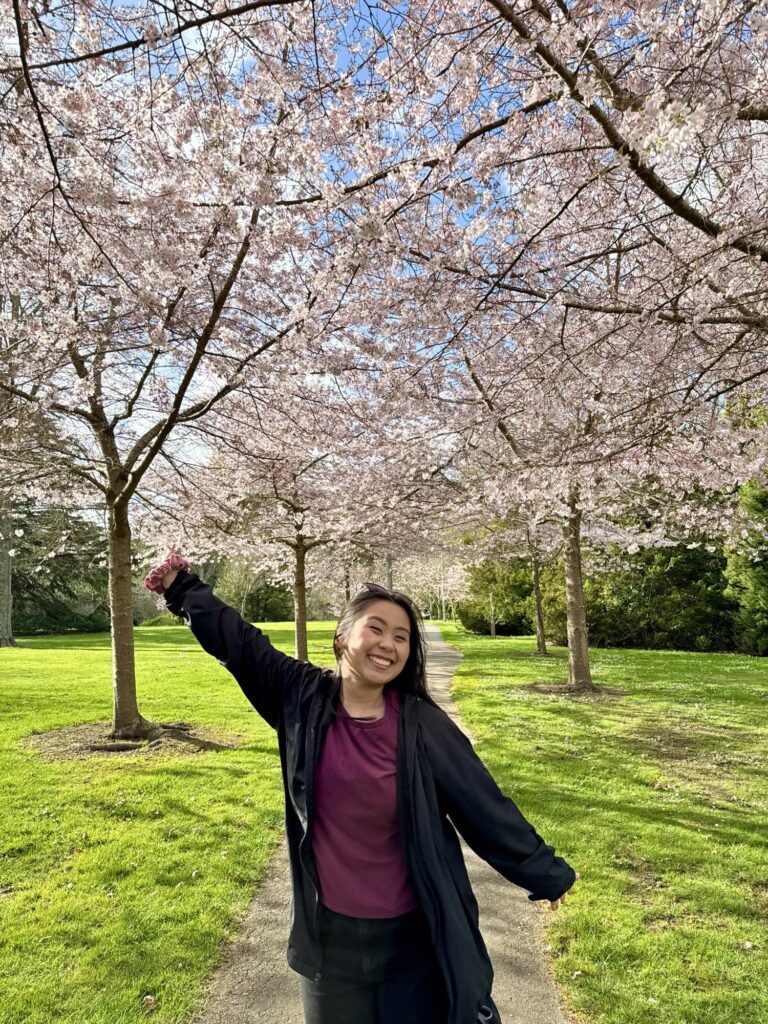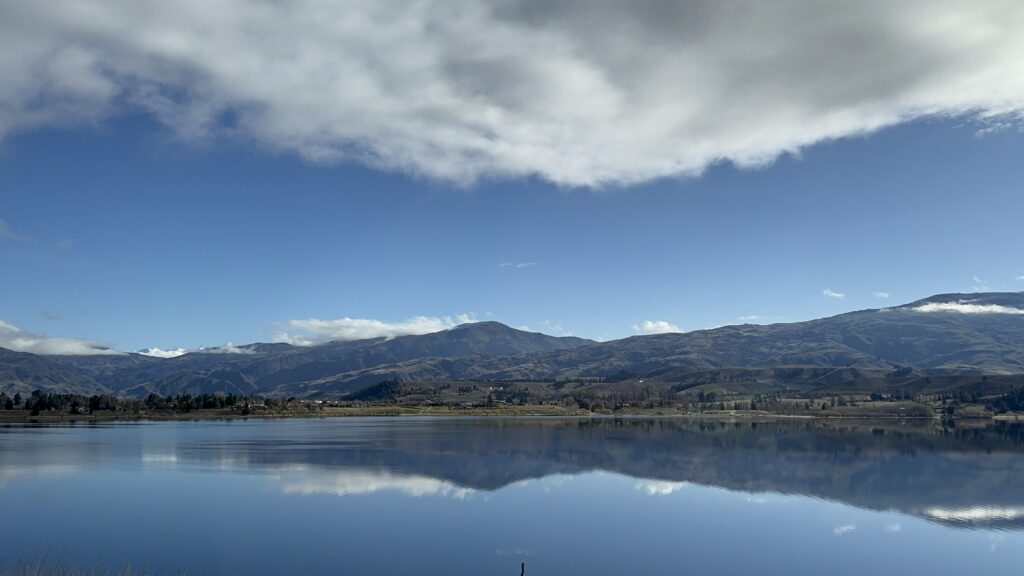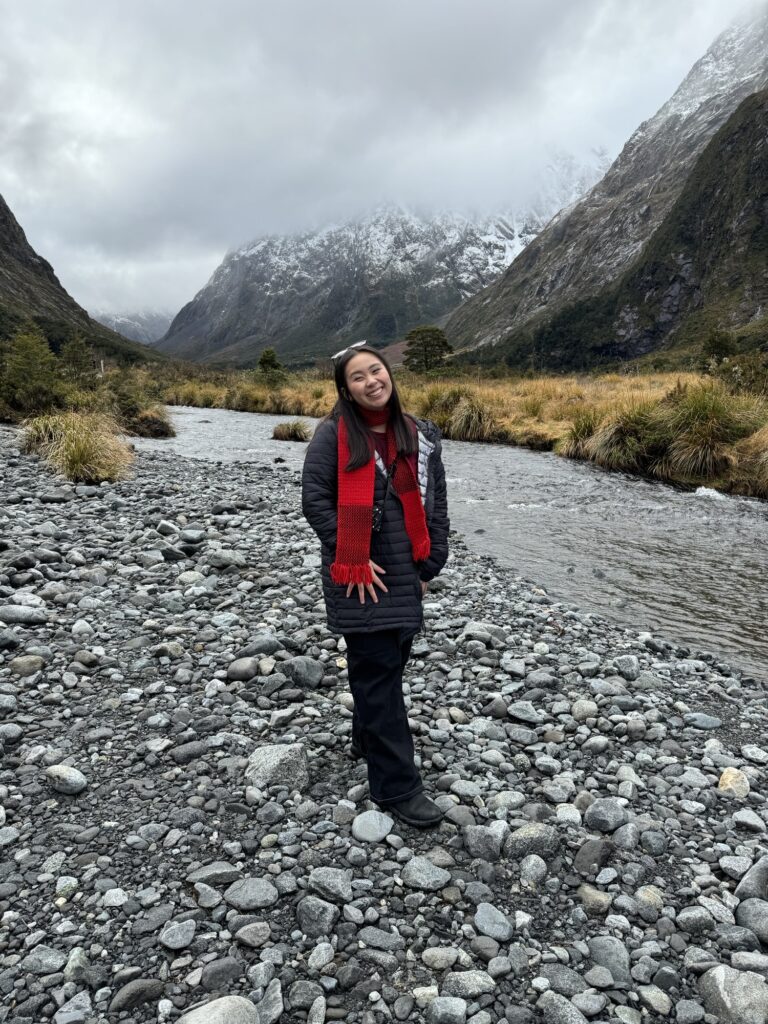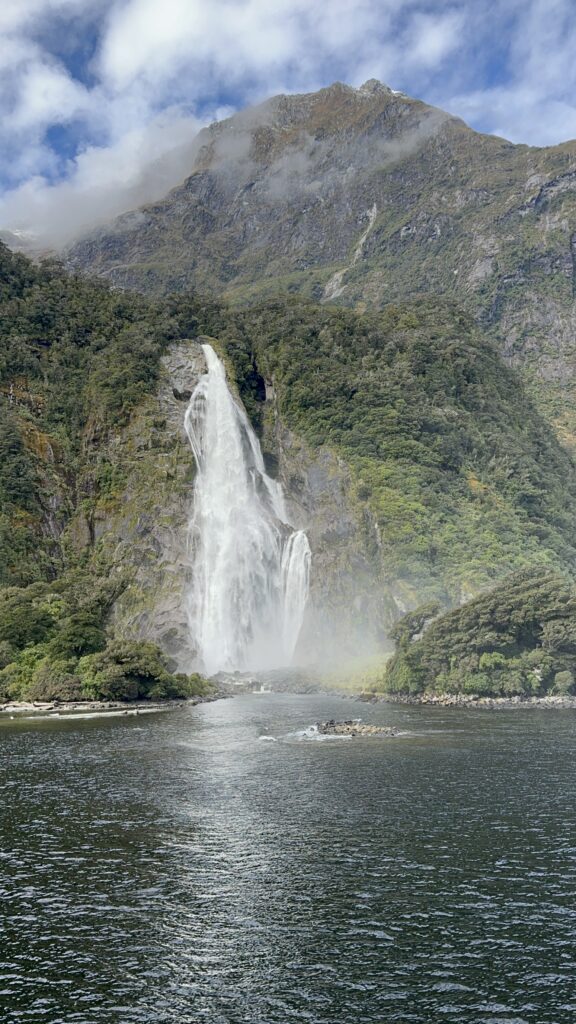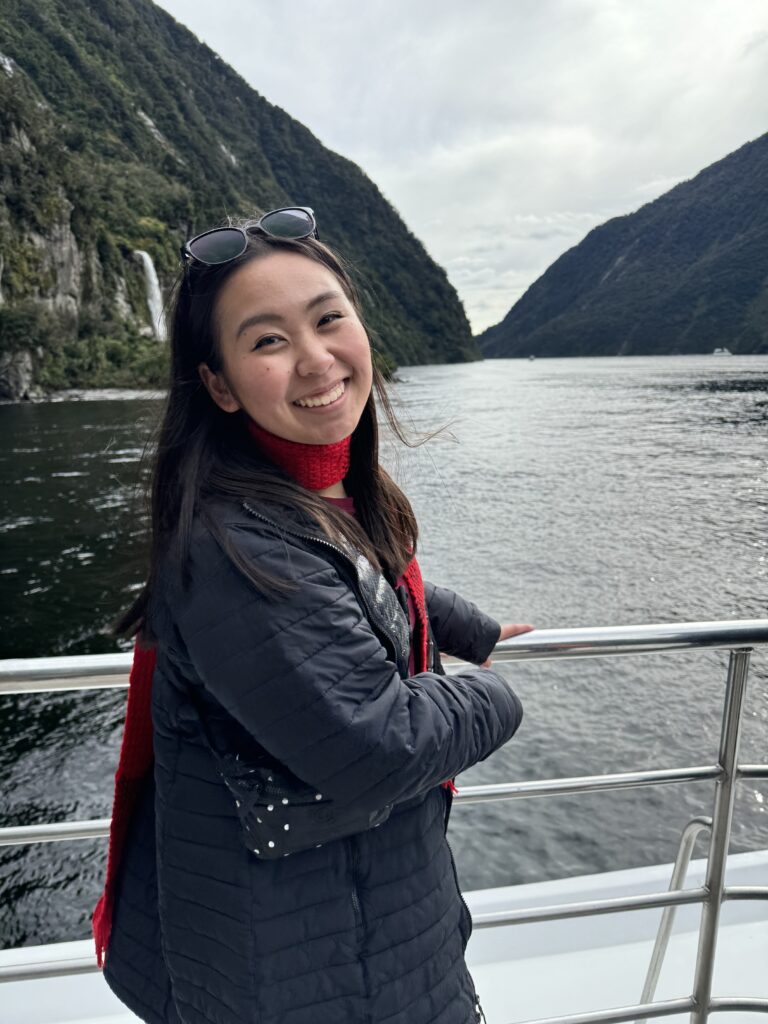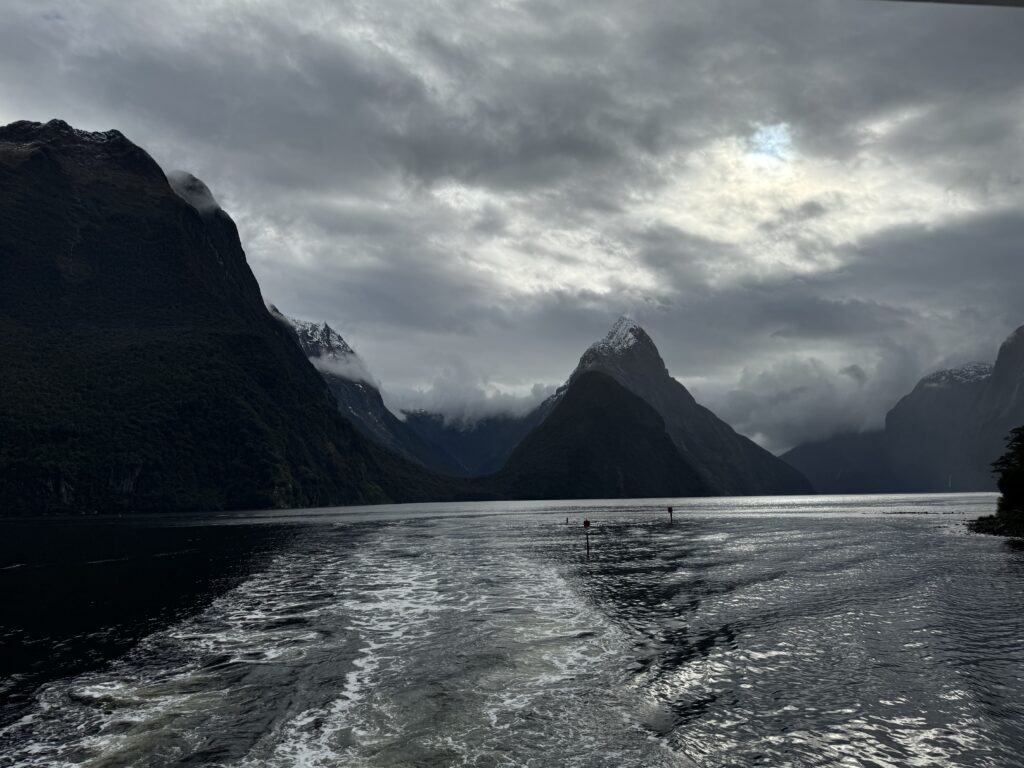New Zealand Perspectives
Honors Junior Megan Hirasaki has been in New Zealand since July on a study abroad trip focusing on seeing viewpoints outside of her own. In this interview, she goes over what got her interested in studying abroad, what classes she’s taking, regional history and differences, and her favorite part so far. Megan will return in November, rich with new experiences and eager to see more of the world.
What trip are you taking and how long will you be gone?
- I am studying abroad for Fall 2024, and I arrived in New Zealand in July, and I’ll be back in the States in November.
What got you interested in studying abroad?
- My passion for studying abroad began in high school. When I was in high school, my college counselor encouraged me and my classmates to study abroad at some point in our college careers because we would feel like we could conquer the world. Now, I understand what she meant by that because I feel more empowered and confident in my abilities. I’ve gained a holistic, well-rounded skillset I wouldn’t have learned in the US.
What classes are you taking?
- I am taking four classes: Organizational Behavior, Bicultural Perspectives in Psychology, How People Learn, and Rich World, Poor World.
- Organizational Behavior examines the structure of organizations. I have had many opportunities to apply knowledge from previous on-campus leadership positions, specifically as a Resident Assistant, to the theories discussed in class. My experiences at Whitworth tremendously help me when I’m trying to understand complex ideas from the textbook because I can apply what I have learned to these theories.
- Bicultural Perspectives in Psychology examines the exclusivity of other cultures in mainstream Western psychology. We explore the different needs of people in various communities, specifically the Māori population in New Zealand. This class requires a refined set of critical thinking skills, and while I find it challenging because I don’t have as much background in this topic, I am still fascinated by the content we learn in class.
- How People Learn is an education class where we analyze various learning styles in a broad spectrum of cultures. For our first assessment, we were required to complete a learning task, take notes of how we processed the information, and relate it to the concepts we have learned in class. I decided to create an electronic collage about Pasifika art. This helped me learn more about many Pasifika cultures, including Māori, and the values evident behind their artworks. It was a nice change moving away from essays for this project. While I was required to write an essay summarizing my learning outcomes from the project and connecting it to class concepts, I thoroughly enjoyed the creative aspect of this project.
- Rich World, Poor World involves studying societies in developing countries. We discuss how climate change, hunger, and migration/refugees have substantial impacts on the developing world and how our actions in developed countries have a noticeable impact on developing countries.
Have you experienced any culture shock?
- Three main differences in culture that I’ve noticed are the pace of life, the different names for common things, and the emphasis of the Māori and Pakeha (European) divide. Life in New Zealand is relaxed compared to the States. I tend to be a punctual person who runs on a strict schedule, but I’ve noticed that people here are not in as much of a rush going to places and doing things. Life is much more laid back here, and that has been a refreshing reminder for me to slow down. There are also different names for common things, such as Maccas (McDonald’s), car park (parking lot), tea towels (dishcloths), and mince beef (ground beef/hamburger meat). Those are only a small fraction of the differences in language that I have noticed, but it becomes much easier to understand people in their conversations as I spend more time here. Finally, while the Māori culture has an essential role in life in New Zealand, I didn’t realize how many effects of colonization from European settlers remain evident today. The government has a large influence on the extent of Māori presence in everyday New Zealand life. Some government leaders are more willing to include Māori words in schools, public transport, governmental organizations, etc. However, when the European colonizers took over New Zealand, Māori had many of their rights taken away through the Treaty of Waitangi, which was portrayed incorrectly in the English to Māori translation. This meant Māori had a different understanding of what their rights were compared to what the English determined as Māori rights. Since then, the government has made reparations back to Māori by returning lands that were previously Māori owned. While it is progressively becoming more inclusive, there are still unconscious biases and stereotypes that are perpetuated, but New Zealand has grown a lot over the last 20 years.
What’s your favorite part so far?
- My favorite part of my study abroad so far has been seeing the drastic changes of scenery in New Zealand. My university is located on the North Island, but I had the opportunity to travel around the South Island during my mid-semester break. The South Island has many similarities with Washington’s landscape, and they both have a dry-cold aspect to them. There are mountains, waterfalls, canyons, and wildlife that are prominent in the South Island. While the North Island still has mountains, waterfalls, and wildlife, it is more populated than the South Island, is warmer than the South Island, has a wet-cold environment, and has more cities closer to each other.
We wish Megan luck on the rest of her semester abroad!
Interview with Megan Hirasaki by Kaitlyn Hawker
All images provided by Megan Hirasaki
